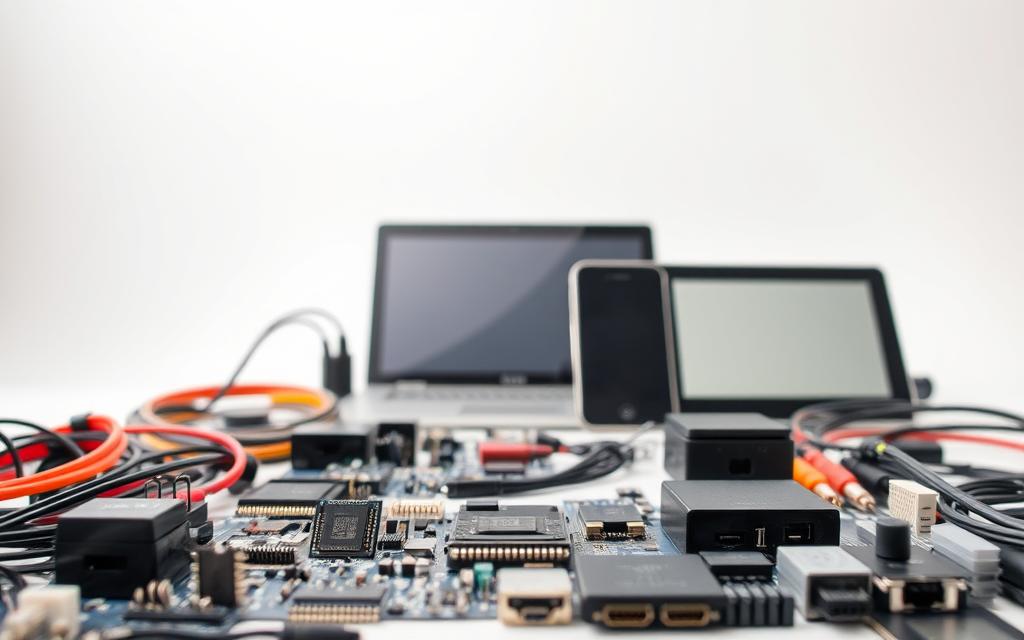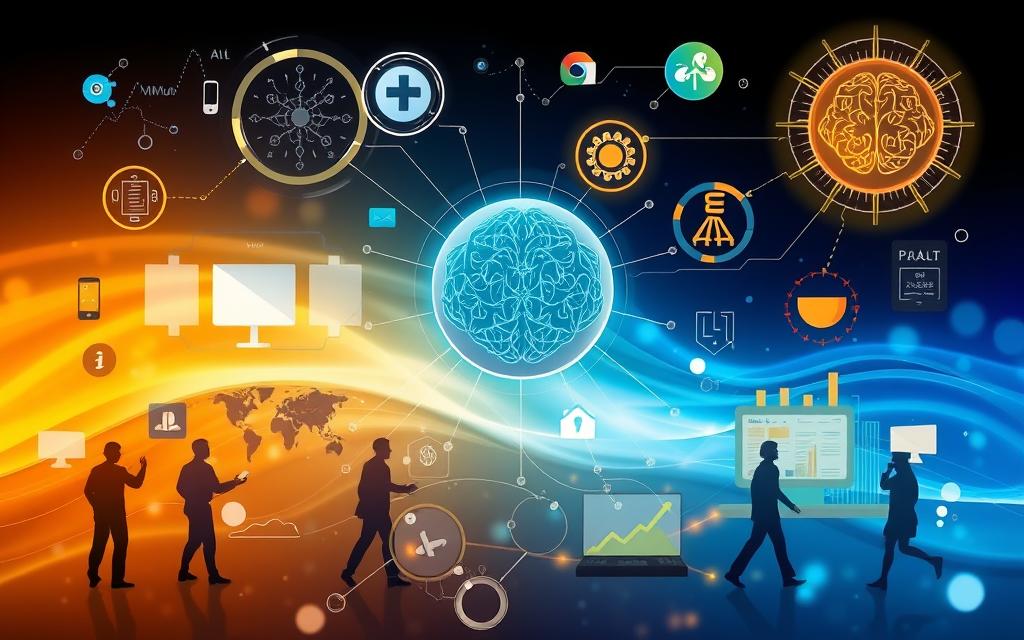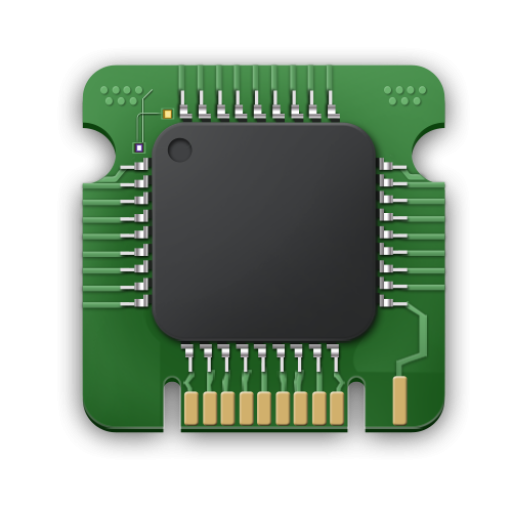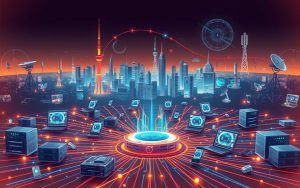Information Communication Technology (ICT) is a term that encompasses a broad range of technologies used to manage, process, and disseminate information. As defined by TechTarget, ICT stresses the role of unified communications and the integration of telecommunications and computers.
ICT has become the backbone of digital transformation across various sectors, including business, education, healthcare, and public services. The core components of ICT include devices, systems, networks, and data, which enable users to access, store, transmit, understand, and manipulate information. As the world becomes increasingly connected, understanding ICT is crucial for navigating the complexities of modern technology.
For a deeper dive into the fundamentals of ICT, it’s worth exploring related concepts like information technology and its role in shaping our digital landscape.
The Evolution of Information Communication Technology
The development of ICT represents one of the most significant technological journeys in human history, transforming basic telecommunication systems into today’s sophisticated digital ecosystem. This evolution has been marked by rapid innovation and the continuous integration of new technologies into our daily lives.
Historical Development of ICT
Early research and development of ICT began in the 1960s with the exploration of networking ideas and concepts. The creation of ARPANET in 1969 was a significant milestone, laying the groundwork for what would eventually become the internet. The 1970s and 1980s saw crucial advancements with the development of protocols like TCP/IP and the introduction of personal computers, revolutionizing how information was processed and shared.
The use of ICT expanded rapidly in the following decades, with the 1990s marking the commercialization of the internet with the World Wide Web (WWW) and the first web browsers. This period democratized access to information communication and catalyzed the rapid expansion of ICT into homes and businesses worldwide.
Key Milestones in ICT Advancement
The late 1990s and early 2000s witnessed the transition to mobile technologies and wireless networking, fundamentally changing how people connect and communicate. The emergence of cloud computing in the mid-2000s transformed how organizations store, process, and access data, enabling new business models and service delivery approaches. Recent years have seen the convergence of ICT with artificial intelligence, big data analytics, and the Internet of Things, creating intelligent systems that can process vast amounts of information and make autonomous decisions.
Throughout this evolution, ICT has become an integral part of education systems worldwide, driving growth and transforming teaching methodologies and learning experiences through digital tools and platforms. As ICT continues to advance, it is likely to play an even more significant role in shaping the future of communication technologies and the world at large.
Core Components of ICT
Understanding the core components of ICT is crucial for grasping how this technology supports modern transactions and interactions. The core components of Information Communication Technology form an interconnected ecosystem that enables the processing, storage, and transmission of information across various platforms and devices.
Hardware and Infrastructure
Hardware and infrastructure constitute the physical foundation of ICT systems, encompassing everything from end-user devices like computers, smartphones, and tablets to the servers, data centers, and telecommunications equipment that power digital networks. This infrastructure is critical for supporting the complex demands of modern computing and communication.

Software and Applications
Software components provide the instructions and logic that enable hardware to perform specific functions, ranging from operating systems and middleware to specialized applications designed for particular industries or tasks. Applications represent the user-facing software that delivers specific functionality to end-users, including productivity tools, communication platforms, and industry-specific solutions that leverage the underlying ICT infrastructure.
Networks and Telecommunications
Networks and telecommunications systems form the connective tissue of ICT, enabling devices and systems to communicate with each other through wired and wireless technologies, protocols, and standards. The integration of these components creates comprehensive ICT systems that support communication, collaboration, and information exchange across organizational boundaries and geographical distances.
The effectiveness of an ICT system depends not just on the individual components but on how well they are integrated and aligned with the specific needs and objectives of the users or organizations they serve. By understanding the interplay between hardware, software, and networks, organizations can optimize their ICT infrastructure to achieve their goals.
Key Technologies Driving Modern ICT
Modern ICT is being revolutionized by a convergence of cutting-edge technologies that are transforming how information is processed, stored, and communicated across global networks.
Internet and Cloud Computing

The internet serves as the backbone of modern ICT, connecting billions of devices worldwide and enabling instant communication and access to information. Cloud computing has revolutionized how organizations deploy and manage ICT resources, offering scalable, on-demand access to computing power, storage, and applications.
Mobile Technology and Wireless Networks
Mobile technologies, particularly smartphones and wireless networks, have untethered computing from fixed locations, enabling constant access to information and services. Mobile applications have become essential tools for both personal and professional use.
Artificial Intelligence and Big Data

Artificial Intelligence (AI) is increasingly being integrated into ICT systems, enabling advanced analytics, automated decision-making, and intelligent processing of vast amounts of data. Big data technologies allow organizations to extract meaningful insights from massive volumes of structured and unstructured data, supporting evidence-based decision-making.
IoT and Smart Systems
The Internet of Things (IoT) is extending the reach of ICT beyond traditional computing devices to everyday objects, creating smart systems that can sense, communicate, and act upon information from their environment. These technologies are converging to create intelligent, interconnected systems.
ICT Applications Across Different Sectors
The integration of Information Communication Technology (ICT) across various sectors has revolutionized traditional practices. As technology continues to evolve, its impact is being felt across different industries, transforming the way they operate and deliver services.
ICT in Business and Commerce
In the business sector, ICT has become the backbone of modern operations. Companies rely heavily on information and communication technologies for data collection, processing, and sharing crucial information. This enables businesses to streamline operations, improve customer service, and drive growth. Technologies like cloud computing allow enterprises to manage data more effectively, facilitating efficient resource allocation and decision-making. As a result, businesses can now access global markets, enhance their competitiveness, and develop new business models.
ICT in Education and Learning
The education sector has experienced a profound transformation through the integration of ICT. Digital learning platforms, online courses, and interactive educational technologies have provided unprecedented access to knowledge and learning opportunities. When ICT is fully integrated into pedagogy, it produces better results than traditional methods alone. For instance, using ICT in combination with innovative teaching methods enhances student engagement and understanding.
“The use of ICT in education must be fully integrated into the pedagogy to be effective.” This highlights the importance of aligning technology with educational goals to achieve meaningful outcomes.
ICT in Healthcare and Public Services
Healthcare systems worldwide have adopted ICT solutions to improve patient care, streamline administrative processes, and enable telemedicine services. The use of ICT in healthcare has improved the way people access medical resources and services. By leveraging information communication technologies, healthcare providers can enhance patient outcomes, reduce costs, and improve the overall quality of care. Furthermore, ICT has facilitated the sharing of medical information and research, contributing to advancements in healthcare.
Challenges and Future Trends in ICT
Despite its numerous benefits, ICT poses significant challenges that organizations and individuals must confront in today’s digital landscape. The rapid evolution of ICT has created a complex environment where technological advancements and societal needs intersect.
Digital Divide and Accessibility Issues
The digital divide remains a critical global challenge, with disparities in access to ICT infrastructure, devices, and skills creating new forms of inequality. Addressing these accessibility issues requires multifaceted approaches, including infrastructure development and digital literacy initiatives. For instance, implementing affordable access programs can help bridge the gap between different socioeconomic groups.
Cybersecurity and Data Privacy Concerns
Cybersecurity has emerged as one of the most pressing challenges in the ICT landscape, with increasingly sophisticated threats targeting sensitive data. Ensuring robust cybersecurity measures and compliance with data protection regulations is crucial to mitigate these risks. Organizations must prioritize data privacy and security to maintain trust in digital systems.
Emerging Technologies and Future Directions
Emerging technologies such as quantum computing, advanced AI systems, and 6G networks promise to further transform the ICT landscape. As we move forward, it’s essential to balance innovation with responsible governance, ensuring that technological advancement serves human needs and values. For more insights on the current generation of technology, visit TechHack.

The future growth of ICT will be shaped by efforts to address the existing challenges while harnessing the potential of new technologies. By doing so, we can create a more inclusive and secure digital world.
Conclusion
The impact of Information Communication Technology on modern society cannot be overstated. ICT has fundamentally transformed how we create, process, store, and share information, becoming an integral part of our daily lives. The evolution of technology and communication systems has enabled the digital transformation of businesses, governments, and educational institutions. As a result, data management and communication have become more efficient, driving growth and innovation. However, ICT development also faces challenges, including the digital divide and cybersecurity threats. Emerging technologies like artificial intelligence and quantum computing will shape the future of ICT. For more information on ICT, visit Wikipedia’s page on Information and Communications. As we move forward, it’s crucial to address these challenges while harnessing the potential of ICT to improve our world.







